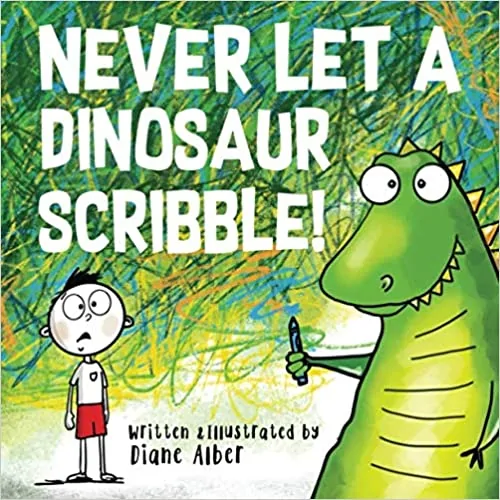Drawing on different surfaces expands children’s repertoire of materials, and offers them new possibilities for expression.
As wood has a different tactile response than paper, children will have to adapt movements to the shape, natural texture, and thickness of their wood block while exploring concepts of texture, color, line, shape and composition.
What Could Lead Us to This Play Invitation
- Children have been exploring and testing new surfaces for mark-making;
- Children have been playing with different painting techniques.
Materials Needed
- Liquid watercolors
- A piece of scrap wood, sanded
- Crayons
- Brushes
Setting up This Play Invitation
- Collect pieces of scrap wood, choosing different sizes and shapes. Sand the surface and edges to avoid splinters.
- Organize the crayons and place them on a table with the sanded wood pieces.
- Prepare the watercolors with the brushes.
Tip: Select pieces of wood that are not too dark. For better contrast, use warm colors for drawing and cool colors for painting!
How to Create The Painting
- Have children draw wild and wonderful lines all over the piece of wood. Offer a variety of crayons.

2. When children finish their drawing, invite them to paint over the wood drawing with watercolors.

How to Nurture the Natural Unfolding of the Child’s Identity During This Play Invitation
- Children have the right to experiment with mark-making using multiple materials. The more opportunities you offer children to test drawing on different surfaces and formats, going beyond the typical white paper format, the more inventive and creative their explorations will be.
- Children have the right to formulate their own theories about what they experience and observe. Offer time for children to elaborate on their understanding instead of immediately explaining what happened. You can ask open-ended questions to guide children to draw their own conclusions and understand the process in their own words and hypotheses, instead of telling them what the “truth” is.
The Academic Learning Opportunities
- MATH: Awareness of three-dimensional shapes, geometry, and space;
- SCIENCE: Concepts of absorption and transparency, by observing the behavior of pigments on wax;
- ART: Using different graphic vocabulary: drawing and painting.
Extensions
- Explore drawing and painting on other three-dimensional shapes and materials: e.g., plastic bottles, tree leaves, lamp shades, metal bowls, and cork caps.
Book Recommendation

A delightful book about a dinosaur who scribbles.

